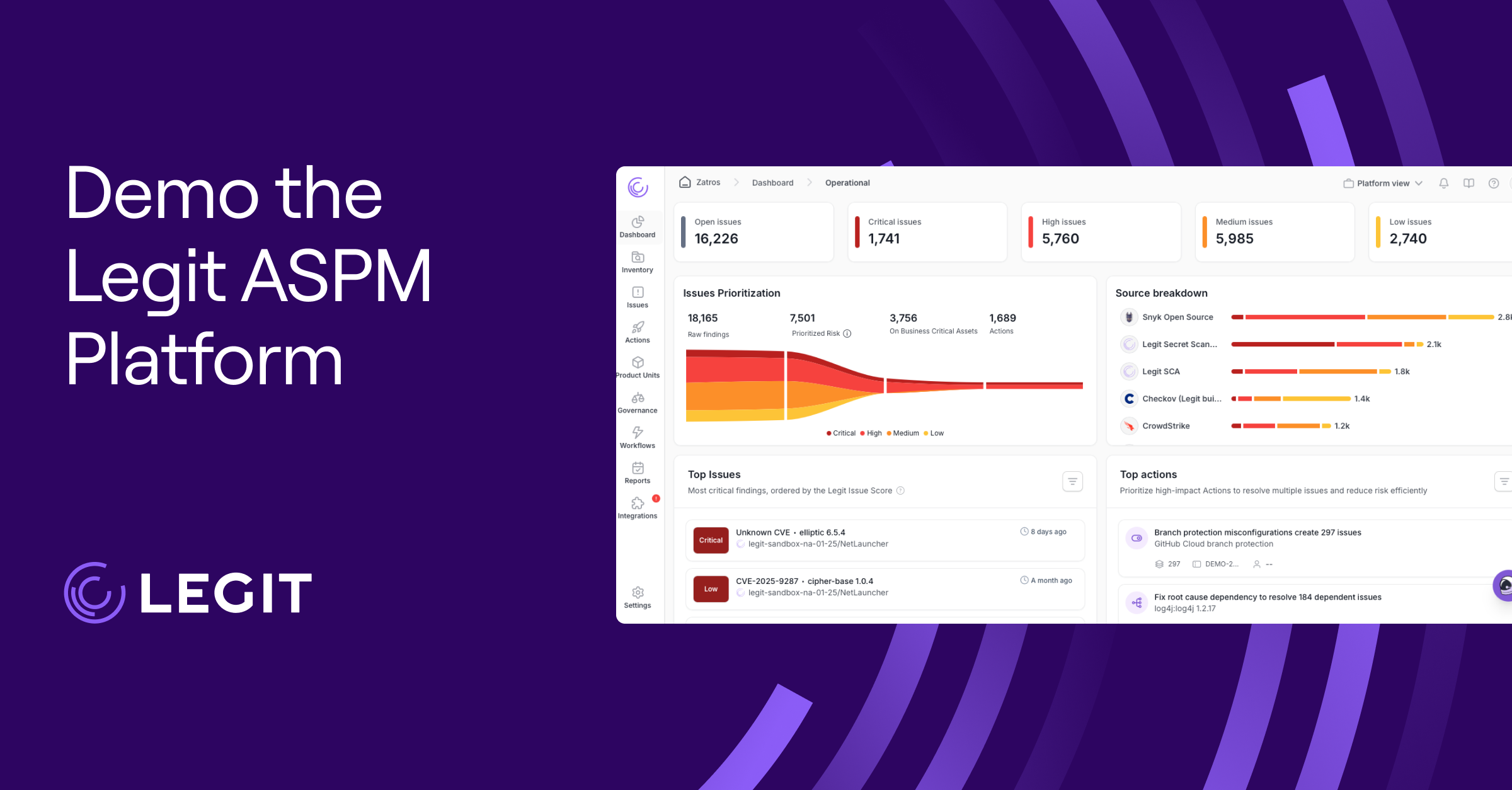Managing cloud infrastructure used to mean hours of manual setup, endless documentation, and a lot of room for mistakes. Infrastructure as Code (IaC) has changed that. Turning infrastructure configuration into readable, repeatable code allows you to automate deployments and scale faster without sacrificing consistency.
Today, IaC is the backbone of modern DevOps and cloud-native environments. Whether launching services across multiple clouds or maintaining complex development pipelines, IaC standardizes your infrastructure and reduces operational risks.
What Is Infrastructure as Code?
IaC is a strategy that manages and provides your computing infrastructure using code instead of relying on manual setup. Whether you're working in the cloud or on-premises, IaC lets you define the desired state of servers, databases, networks, and storage in configuration files.
By defining IaC, teams can version and track their environments like application code. This approach speeds deployments, reduces the risk of configuration errors, and eliminates the hidden issues that manual processes often create. This keeps infrastructure management predictable and ready to keep up with fast-moving development needs.
What Are the Benefits of Infrastructure as Code?
By integrating proven software development principles into infrastructure management, IaC helps you create environments that are faster to deploy, easier to maintain, and safer to update. Here are just some of the key benefits organizations see when they adopt an IaC approach:
1. Improve Consistency
In manual setup, there’s always the risk of inconsistencies. Different team members might configure systems differently, leading to unpredictable results. IaC defines every environment in code to create a single source of truth. Whether spinning up a dev sandbox or deploying production workloads, the same configurations apply every time, cutting down on drift and keeping deployments reliable.
2. Increase Accountability
Tracing who changed what and when can feel like detective work in a traditional setup. IaC changes that. Teams version infrastructure changes, like application code, and gain complete visibility into what’s happening across environments. Every adjustment has a record, which simplifies audits, strengthens compliance, and builds better collaboration between development and operations teams.
3. Reduce Errors
Automating infrastructure with code minimizes the risk of human mistakes. Teams can test, review, and roll back scripts if necessary. Instead of relying on memory or manual processes, teams can trust the system to deploy environments consistently. That reliability also lays a stronger foundation for securing the broader pipeline, especially following NIST guidance on securing CI/CD pipelines.
4. Accelerate Deployments
Building environments manually slows down development cycles. IaC deployment automates provisioning, allowing teams to spin up entire environments in minutes. Developers and QA teams get faster access to realistic environments, and operations teams can scale systems quickly to meet changing demands. Faster deployments mean faster testing, feature delivery, and releases.
5. Lower Costs and Increased Efficiency
The automation of infrastructure management reduces the need for manual labor, reduces operational costs, and eliminates delays associated with traditional provisioning. Adopting an IaC solution frees engineering teams from repetitive setup tasks, allowing them to focus on building new services and strengthening system resilience.
Declarative Vs. Imperative Approach to IaC
IaC allows teams to define and manage environments using code, but with different approaches—declarative and imperative. Each approach offers advantages depending on how much control you need over the deployment process and your environments.
A declarative approach describes the desired end state of your infrastructure. Instead of spelling out each action the system should take, you define what you want—like a specific number of servers, storage settings, and networking configurations—and the IaC tool figures out how to achieve it.
This approach is a natural fit for IaC in cloud computing, where rapid scaling and consistency across environments are critical. Tools like Terraform, AWS CloudFormation, and Ansible use the declarative model to simplify automation and keep cloud deployments predictable and efficient.
An imperative approach instead defines exactly how to get to the desired state. You specify each step—creating a server, installing an operating system, and configuring network settings—in the exact order they need to happen.
Imperative IaC provides more control over the sequence of operations, which can be helpful in complex deployments. But it usually demands more detailed scripting and maintenance as environments grow.
Infrastructure as Code Tools
Choosing the right IaC tool depends on your goals, cloud environment, and how you want to manage automation. Here are some of the most common options that turn infrastructure into scalable, maintainable code:
- Terraform: This open-source declarative tool automates infrastructure provisioning across cloud and on-premises environments. Terraform uses configuration files to define the desired state and supports multi-cloud deployments, making it ideal for hybrid environments.
- AWS CloudFormation: AWS CloudFormation lets you model and automate AWS infrastructure with JSON or YAML templates. It handles dependencies between services and streamlines deployment across AWS resources.
- Ansible: This open-source automation tool simplifies infrastructure provisioning, configuration management, and application deployment. It uses agentless communication and YAML-based playbooks, making it easy to integrate across different environments.
- Pulumi: If you need a modern IaC tool that lets you define cloud infrastructure using popular programming languages like Python, TypeScript, and Go, Pulumi is a great option. It supports both declarative and imperative models, offering flexibility for cloud-native development.
- Chef and Puppet: Chef and Puppet are early leaders in configuration management that have expanded into broader IaC automation. Chef tends to follow an imperative model, while Puppet leans declarative, giving you options depending on your needs for control and flexibility.
The Role of IaC in DevOps
In DevOps, IaC is the foundation that allows teams to define infrastructure through code and integrate it directly into CI/CD pipelines. Instead of manually provisioning resources, developers can launch consistent environments on demand, reduce delays, and eliminate the configuration drift that causes deployment errors.
Beyond automation, IaC bridges the gap between development and operations teams. By codifying infrastructure needs into version-controlled files, both sides of the pipeline work using a common language. This shared visibility supports faster feedback loops, fewer miscommunications, and smoother rollouts across development, testing, and production environments.
While IaC heavily supports the goals of DevOps, it also stands slightly apart. Not every benefit of IaC ties directly to Agile or DevOps practices—for example, using IaC templates to speed up repetitive cloud deployments or strengthen long-term infrastructure maintenance. But within a DevOps pipeline, IaC is essential in reducing cycle times and supporting the continuous delivery of reliable software. It also lays the groundwork for integrating security into DevOps by enabling consistent, automated environments that are easier to secure.
Manage Infrastructure Security With Legit Security
IaC has become foundational to how organizations build, deploy, and scale applications. But while it brings speed and automation to infrastructure management, it creates new challenges when teams fail to embed security early.
Securing infrastructure as part of the software development lifecycle (SDLC) is critical to keeping environments reliable, resilient, and ready to support continuous delivery. And that starts with Legit Security.
Legit Security protects your full pipeline, including the IaC components that define and manage your environments, from development through deployment. Legit’s platform can identify IaC misconfigurations that often go unnoticed but introduce serious security risks. Request a demo to see what Legit can do.
Download our new whitepaper.


